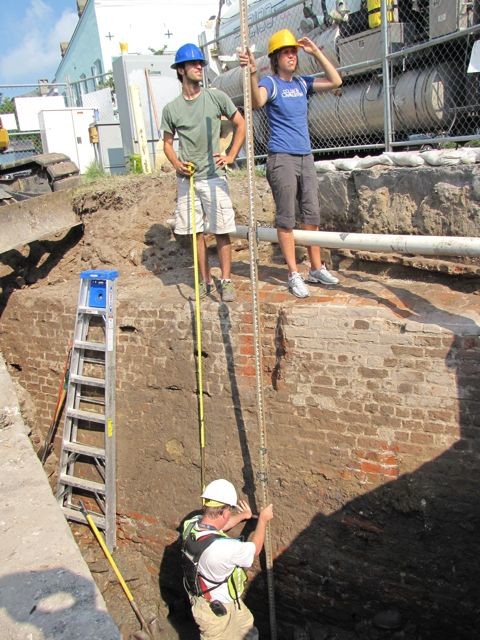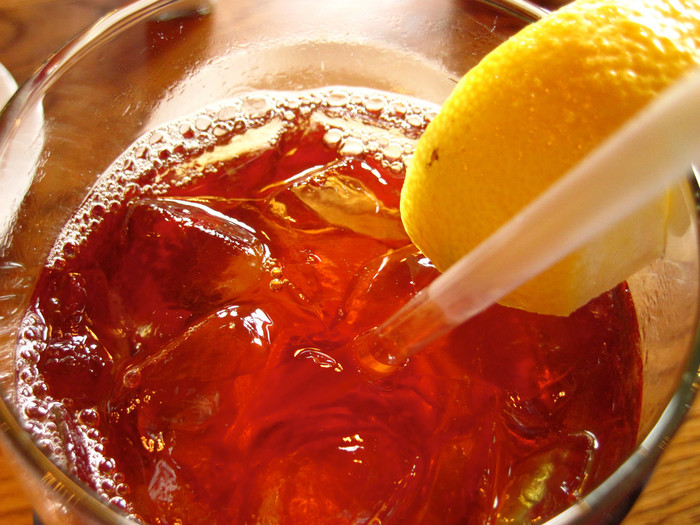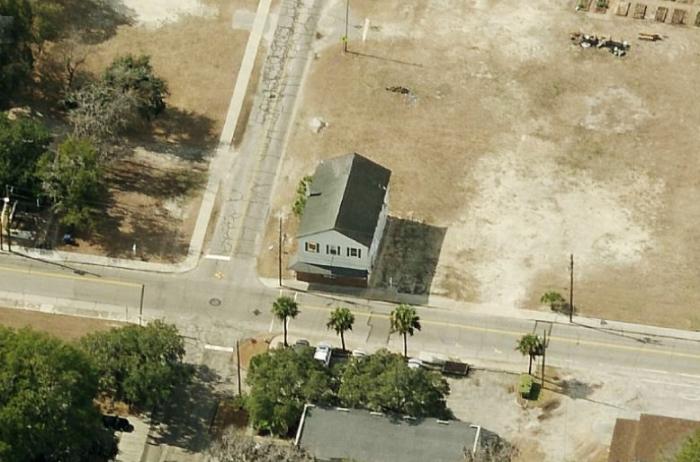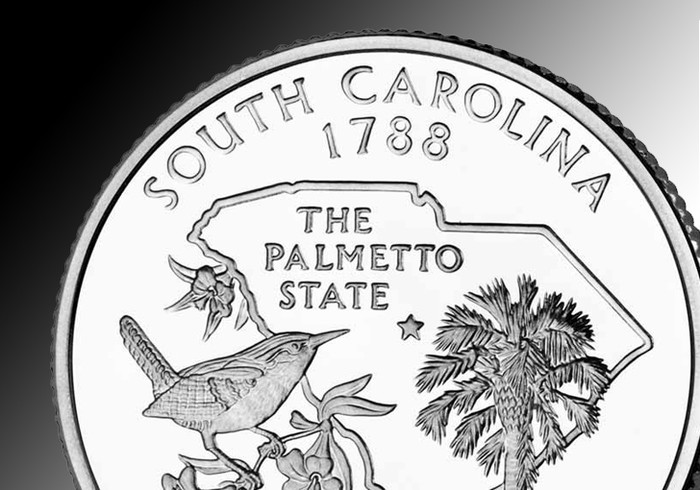
Day nine, gardens: On day nine of our Master Preservationist class, we studied historic landscapes, perfectly timed with the spring bloom.
Our speaker was Glen Gardner, one of Charleston’s most esteemed landscape architects, skilled in historic landscape preservation. He then led us on a garden tour, through Gateway Walk, and on to Legare St where we were lucky enough to view a private garden restoration.
Read about day nine and get the photos here.
Day eight: Unfortunately I did not post a Day Eight – Diversity and Cultural Landscapes, because I ran out of time.
Day seven, asphalt and infill: On day seven of the Master Preservationist Pilot Program – we addressed smart growth, land use and sustainable planning.
I’ve been passionate about this topic since I first read Jane Jacob’s masterpiece, The Death and Life of Great American Cities, more than a decade ago. Having lived in all types of areas – rural, suburban, hamlet, urban and more – Jacobs’ concepts rang true to my experience in each and kicked off my consideration of what city and neighborhood characteristics influence quality of life.
Read about day seven and get the photos here.
Day six, the case for preservation: Little did I know that two of the buildings that were part of my daily life in New York, would have such wide-reaching influence in preservation law in Charleston.
I also did not know that Upper King St has many buildings designed by one of Charleston’s most pre-eminent architects. And ANOTHER thing I did not know was that no one has ever proposed something other than demolition for the former Charleston Library. Humph…
So now I do know, and now so shall you. In Day 6 of our Master Preservationist Program, our topic was Preservation Law – how it came to be, what influences it and current issues we are facing in Charleston. I won’t spend too much time on it, as our walk in the commercial district of Upper King St was fascinating to me, but a little background is in order.
Read about day six and get the photos here.
Day five: Wallpaper – NO! Crazy paint colors – NO! Carpet in living areas – NO! Such has been my generic real estate mantra for years, but ah…how tastes change. 150 years ago I would have been most ignorant and unfashionable, and certainly of the lowest socioeconomic class.
In our fifth class of the Master Preservationist Program, we focused on Interpreting a Building’s Interior in order to determine time period, materials used and trends of the day. We then visited the glorious Aiken-Rhett house to get a look at our lesson in action.
Keep reading and take a look at photos from day five here.
Day four: Meeting Street blows my mind. While I always make it a point to look up and around in the midst of my daily hustle bustle, I never realized how much spectacular architecture graces its length.
From South Battery up past Calhoun St – it is not the number of buildings that surprised me, but the tremendous journey through architectural styles that does.
So come with me along Charleston’s Museum Mile and have a look for yourself.
Keep reading about day four and see all the photos here.
Day three: Bricks. I discovered I have a fascination with bricks – the patterns, the mortar, the construction….But more on that later.
On Day 3 of the Master Preservationist Program, we studied Building Technology, or as I like to call it, “getting in the guts.” One of the purposes of studying building technology is so you can better understand the various parts of a structure and the construction of it, so you are able to date it and bring context to the home’s history. Kris King, of King Preservation Management, was our instructor today, and he is also the owner of 28 Montagu St (see video below).
Keep reading about day three and get the video here.
Day two: I’d like to preempt this post with a disclaimer. You may find me getting on a little bit of a soapbox toward the end, but I promise it won’t hurt too much.
And so…the topic of study for our second day of the Master Preservationist Program was archaeology. Typically most of us think of preservation as having to do with buildings, or anything above the ground, but it is below ground where the real story of a civilization lies. Because history was usually authored by the more educated classes, through archaeology and excavation we can get a truer sense of the past.
Here's what we discussed and photos of what we saw.


